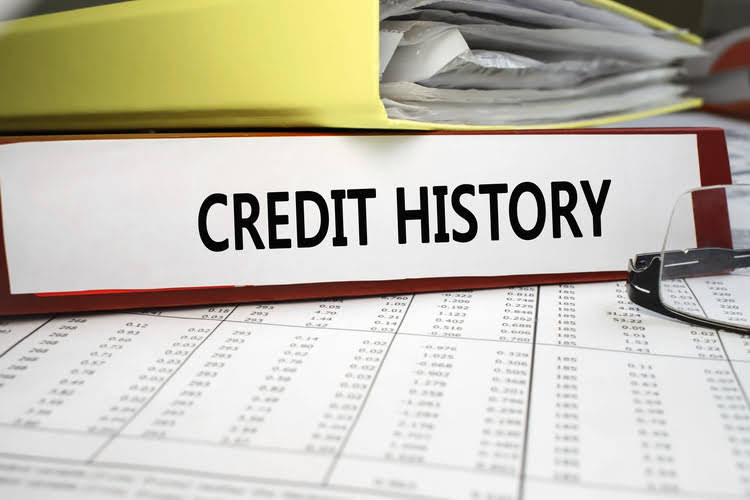
The company has a negative net operating cycle which shows that the company is effectively using the money of its creditors as working capital. It took the company 36 days on average to sell its inventories and 36.64 days to receive cash from its customers i.e. distributors, etc. but it delayed the payment to its suppliers till the 140th day. While it is a good for the company’s shareholders that the company is keeping its working capital low, they need to make sure that the very long days payable outstanding is not due to any liquidity problem. It shows that a business turns over inventory quickly and collects cash from customers fast. This efficiency boosts the company’s financial performance by improving its liquidity—how easily it can turn assets into cash to use right away.
What is the approximate value of your cash savings and other investments?
This can lead to cash shortages, making it challenging to pay bills, cover operating expenses, or seize new opportunities. The difference between the two formulas lies in NOC subtracting the accounts payable period. This is done because the NOC is only concerned with the time between paying for inventory to the cash collected from the sale of inventory. A shorter cycle is preferred and indicates a more efficient and successful business. A shorter cycle indicates that a company is able to recover its inventory investment quickly and possesses enough cash to meet obligations.
What can be done to make a company’s operating cycle more efficient?
- This period includes activities such as procurement, production, and quality control.
- By analyzing each component, businesses can identify areas that require improvement and take appropriate action to optimize their operating cycle.
- The most straightforward method is to abbreviate each three-cycle portion by at least a tiny amount.
- This is shown on the company’s balance sheet, whereas the cost of products sold is shown on the income statement.
- By reducing the inventory conversion period, businesses can minimize holding costs and improve cash flow.
- The collective effect of shortening these parts can considerably impact the total economic cycle, leading to a more profitable business.
Maintaining a good credit score is important to secure credit on favourable terms and conditions for the growth and development of your business. While paying suppliers on time is a good habit, paying too early should be avoided. When the operating cycle is long, there are high chances of the company failing to pay adequately. If you look at the larger picture, you’ll find that the operating cycle provides an idea about the cost of a company’s operations and how quickly it can repay its debt. Debtor’s exceptional days are frequently regarded as one of the most important indicators for analyzing product demand and the importance of a specific product in comparison to its contemporaries. The cash is not collected immediately in a credit sale; rather, it is received according to the arrangement negotiated with the distributors or retail outlets.
- You calculate the operating cycle by adding days inventory outstanding to days sales outstanding.
- If your operating cycle is too protracted, you may need more working capital to meet your existing obligations.
- You may use the cost of revenue as an estimate for purchases (i.e., no need to adjust it for changes in inventories).
- It’s a form of current liabilities and reflects the short-term debt obligations of a company.
How does operating cycle relate to a company’s financial health?
- The Working Capital Cycle measures the efficiency at which a company can convert its current operating assets into cash on hand.
- A longer payment period may suggest that the company is taking advantage of favorable credit terms or negotiating extended payment periods with its suppliers.
- He has been the CFO or controller of both small and medium sized companies and has run small businesses of his own.
- Managers use this information to make better decisions about buying inventory, pricing products, and extending credit to customers.
- By implementing the strategies outlined in this guide and staying vigilant, you can achieve a more efficient operating cycle, setting your business on the path to financial success.
This process distills complex activities into tangible metrics, illuminating a company’s health through careful analysis of inventory turnover and accounts receivable collection timescales. Days Payable Outstanding (DPO) represents the average number of days it takes for your company to pay its accounts payable to suppliers. A longer DPO indicates that you are retaining cash for a more extended period, which can be advantageous for working capital management. A low DSO suggests that your accounts receivable process is efficient, and customers are paying their invoices promptly. This helps maintain a steady cash flow, reduces the risk of bad debts, and ensures you have funds available for immediate use or investment.
How to Start a Subscription Box: A Step-by-Step Guide

Issues like production delays, excess stock, or lenient credit terms can all contribute to a longer cycle, affecting cash flow. Therefore, while the operating cycle focuses solely on the time to turn inventory into cash, the cash cycle provides a fuller picture by factoring in how long the company can delay payments to suppliers. This adjustment gives a clearer view of cash flow efficiency and working capital management, showing the net duration for converting operational investments into cash. When a business trades, it purchases goods, holds them as inventory, converts them to a product for sale and sells them on credit, and finally it collects the cash from the sale. The operating cycle in financial management describes the time it takes to complete this process in days.
How To Choose The Best Accounts Receivable Automation Software
The articles and research support materials available on this site are educational and are not intended to be investment or tax advice. All such information is provided solely for convenience purposes only and all users thereof should be guided accordingly. They also make large quantities of these https://www.bookstime.com/articles/how-to-calculate-sales-margins items and have little to no inventory to maintain. For example, take a look at retailers like Wal-Mart and Costco, which can turn their entire inventory over nearly five times during the year. Access and download collection of free Templates to help power your productivity and performance.
When a company manages its inventory well, it can sell items quicker and collect payments faster too. The operating cycle is a critical concept within the realm of business management that reveals how effectively a company transforms its inventory into cash. It encapsulates the journey from purchasing raw materials to collecting revenue from sales, serving as a barometer operating cycle equation for assessing the efficacy of a company’s resource and financial management strategies. In conclusion, the operating cycle is a critical aspect of a business’s financial health. By understanding and optimizing the key components of the operating cycle, businesses can enhance their efficiency, improve cash flow management, and ultimately drive sustainable growth.
Examples Of OC
It encompasses the entire process, from the purchase of raw materials to the collection of cash from customers. This cycle includes all the steps involved in converting inventory into sales and ultimately into cash inflows. The operating cycle in working capital is an indicator of management efficiency. The longer a company’s cash cycle, the greater its working capital requirement.
Accounts Receivable Collection Period

The Net operating cycle, also known as the cash conversion cycle, takes into account both the time required to convert assets into cash and the time taken to pay suppliers. It combines the time for inventory turnover and receivables collection minus the payables period. The operating cycle is a financial metric that measures the time it takes for a company to convert its investments in inventory and accounts receivable into cash. Essentially, it is the duration between the acquisition of inventory and the collection of cash from customers after selling the inventory. By effectively managing the operating cycle, businesses can optimize their working capital utilization.
![]()
